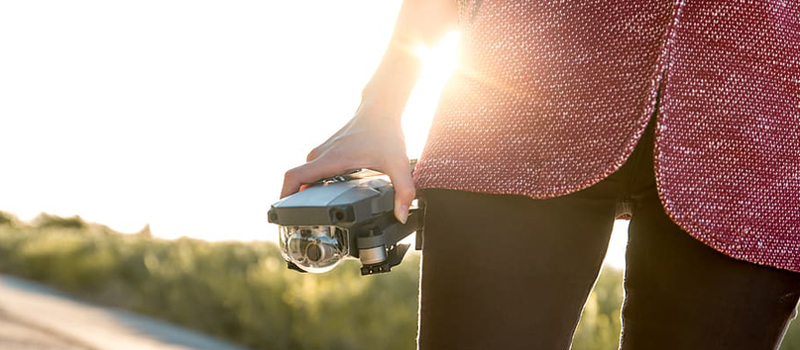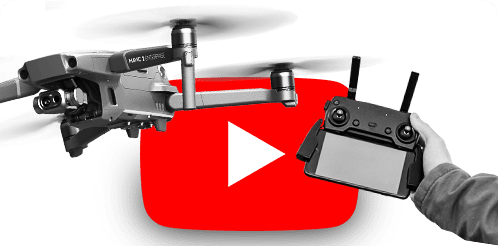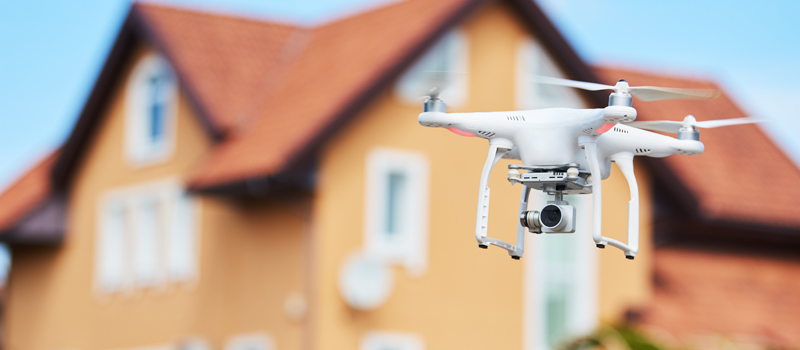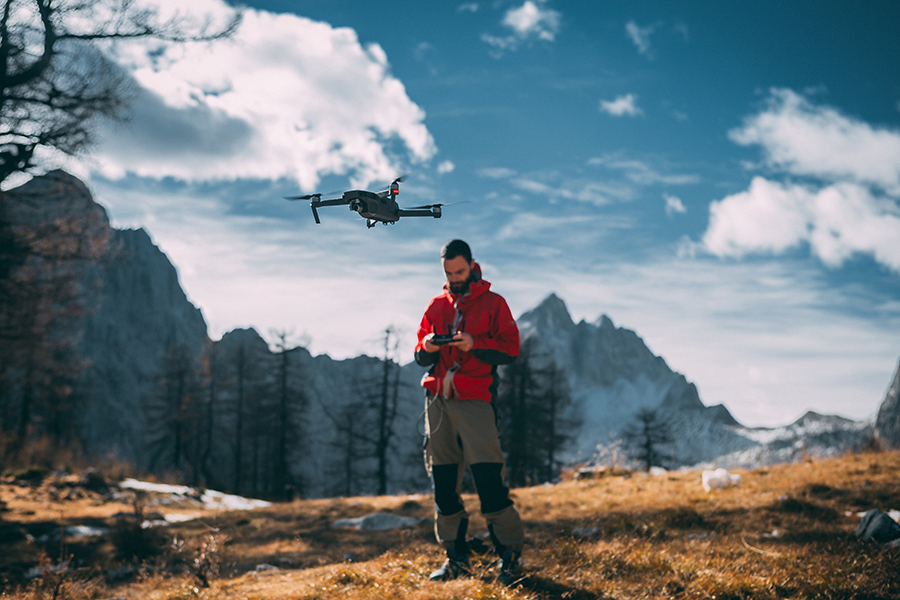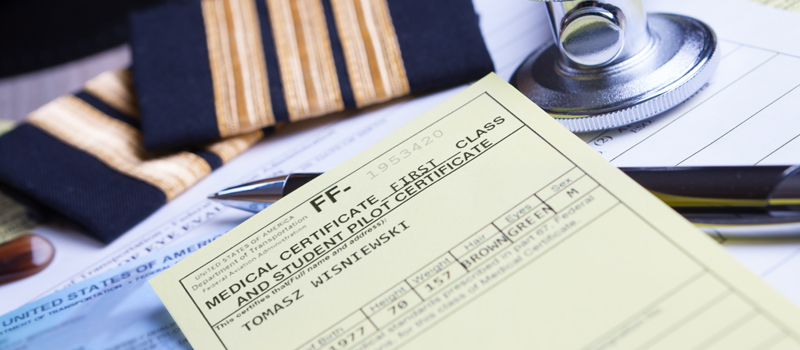-
Hazards to watch out for when flying in hot weather
- Extreme temperatures
- Moisture
- High density altitude
- Glare and harsh lighting
- Crowds
-
Tips to keep you and your drone safe
- Dress appropriately
- Drone News Update
- Use a monitor hood
- Don’t keep your drone inside a hot car
- Plan for shorter flights
- Keep your batteries cool before use
- Keep an eye on the battery temperature
- Keep your drone moving
- Use ND filters and adjust camera settings
- Have a spotter with you
- Keep yourself cool
-
Final thoughts
As the month of July rolls in, we become blessed with longer days and hotter weather. This is typically the perfect season for outdoor activities including hiking, lounging at the beach, and taking your drone out to fly.
The summer months usually provide a great environment for drone flight. Not only do you benefit from longer days, but you also don’t need to worry about the effect of low temperatures on battery performance. However, there are still some precautions you need to take. Here are a few of our tips for drone flight this summer season.
Hazards to watch out for when flying in hot weather
Extreme temperatures
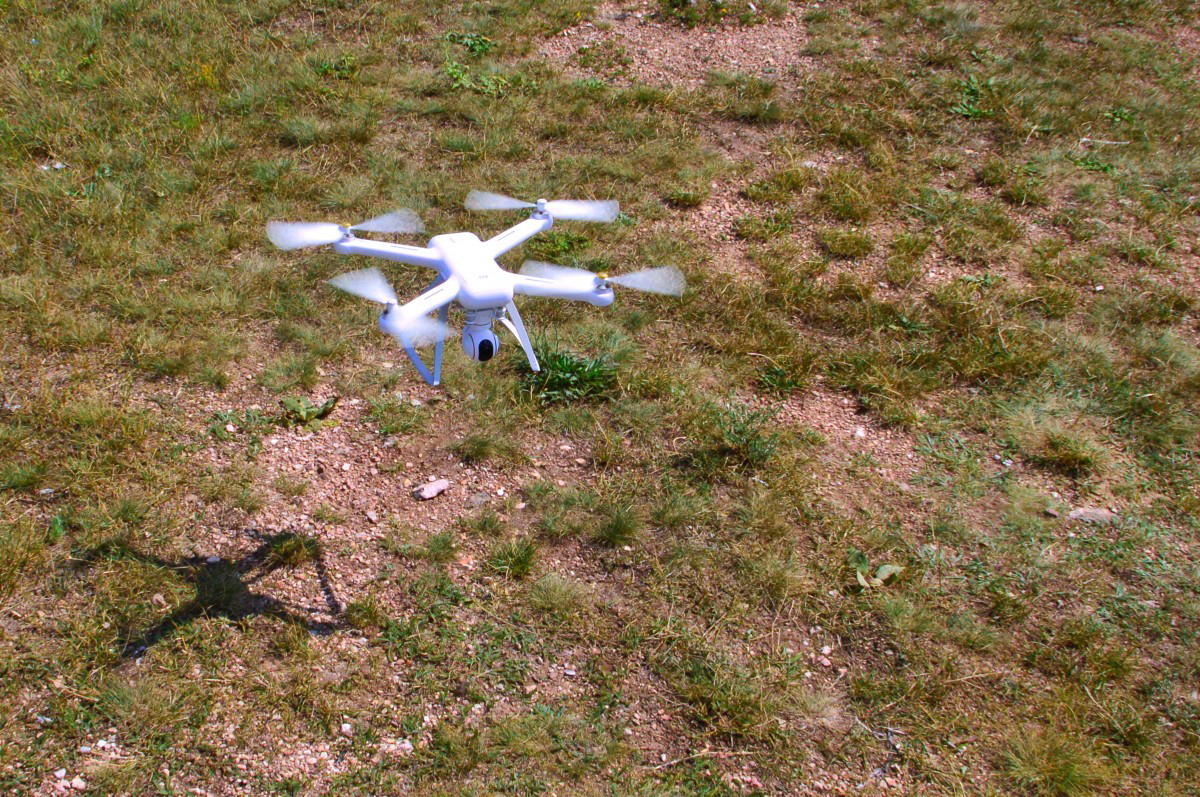
As you would expect, high temperatures should be your number one consideration when flying a drone during summer. Some electronic components, such as video transmitters and sensors, can get wonky when they get too hot. It is common for drone pilots to lose their video feed when temperatures go upward of 100 F. Batteries are also at risk of overheating and suffering permanent damage.
Moisture
Anyone who has spent time outside during summer knows how bad humidity can get. This high level of moisture can also be troublesome for your drone. If exposed for too long, excess moisture can cause problems in your drone’s electrical components. It would be best to postpone your drone flight if the humidity numbers are too high.
High density altitude
One consequence of hot weather is that it also increases the prevailing density altitude. This means that the density of the air becomes lower, similar to high-altitude conditions. This reduces the propeller efficiency of your drone. This means that the propeller motors will need to draw more power from the battery to generate lift. Combined with high temperatures, flying in summer can be very demanding on your drone battery.
Glare and harsh lighting
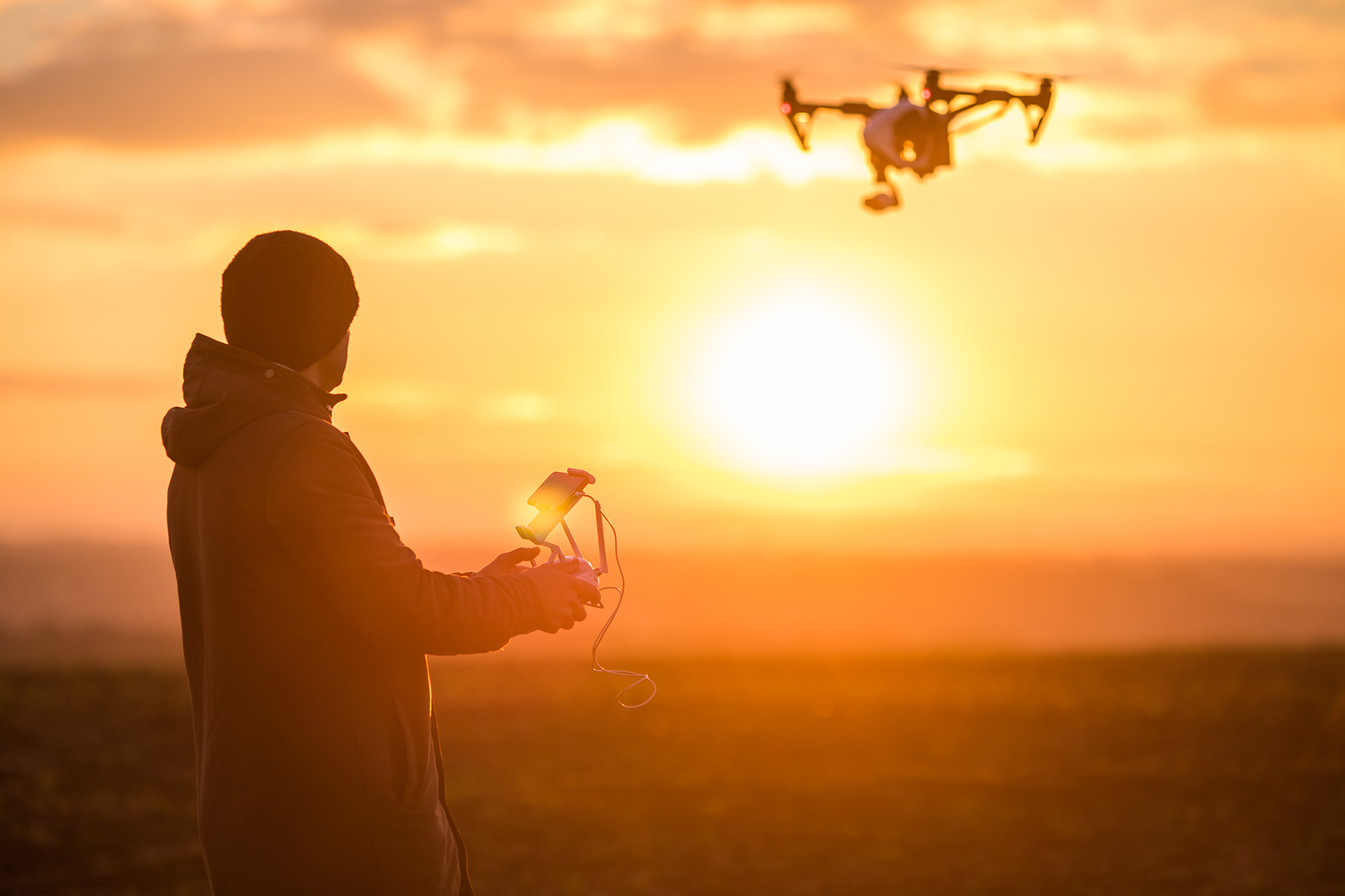
The abundance of natural lighting is usually an advantage in aerial photography. However, glare and excessively harsh lighting can also result in images and videos that are overexposed. Glare from the sunlight can also make it difficult to see the display in your controller. These are problems that can be easily remedied with some planning.
Crowds
The summer season inevitably draws larger crowds, particularly on beaches and parks. Even though the FAA rules on drone flight over people have been relaxed, it is still safer to steer clear from them as much as possible. You may also have to deal with more people getting curious about what you are doing and approaching you to ask questions. A bit of conversation is nice, but any additional sources of distraction only make it more likely for you to make a mistake as a drone pilot.
Tips to keep you and your drone safe
Dress appropriately
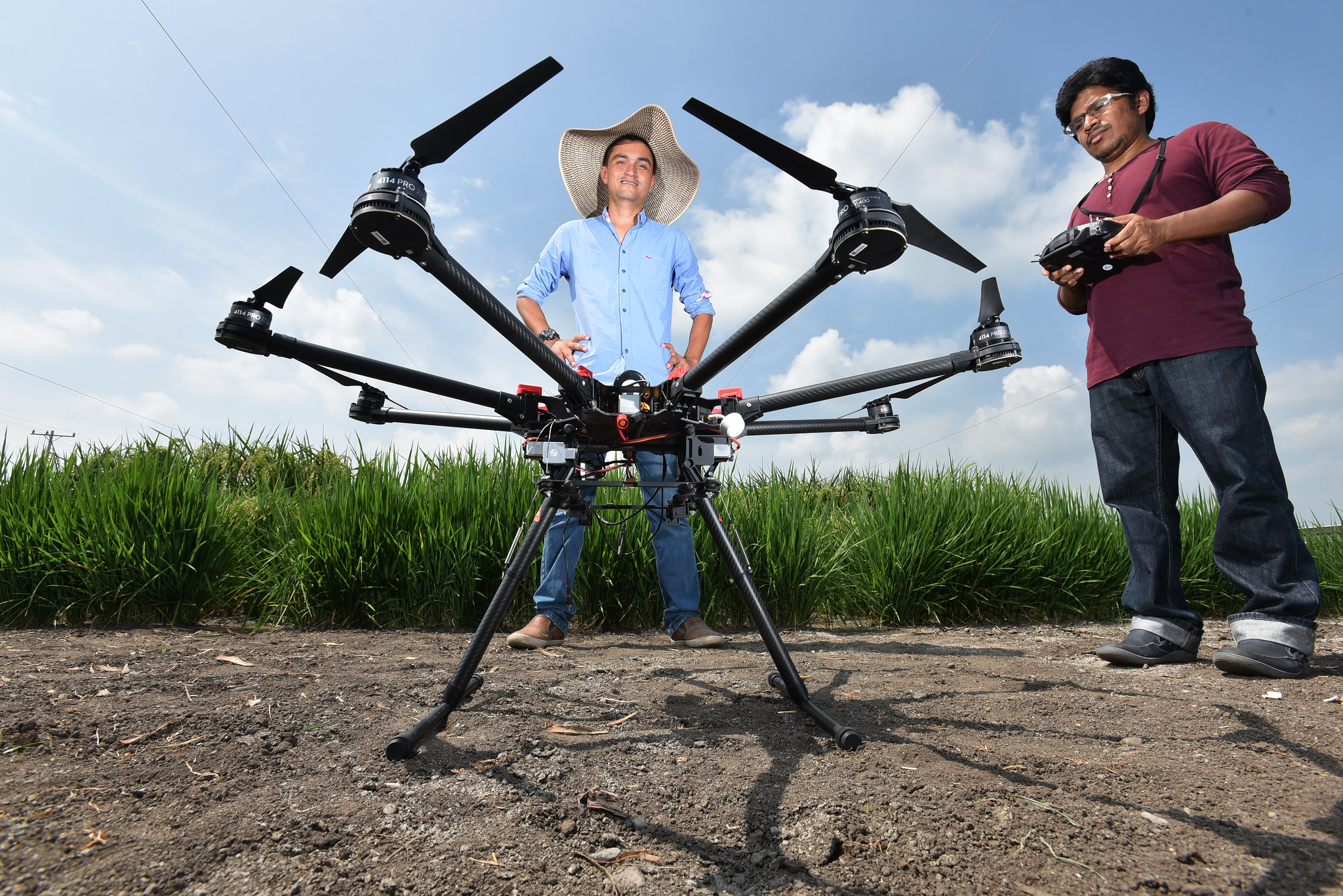
It’s tempting to wear a jacket in summer to protect your skin from direct sunlight. However, you will not want to find yourself getting too hot and removing your jacket in the middle of a drone flight. It’s best to wear something thin, light, and cool. You will likely have to spend more than an hour under the sun, so it’s also recommended to wear some sunscreen, preferably with an SPF50 rating. A good pair of sunglasses (preferably polarized sunglasses) will also help you maintain visual contact while protecting your eyes.
Use a monitor hood
The easiest way to avoid glare on your remote controller display is to have a monitor hood. There is likely a commercially available monitor hood designed for every type of drone remote controller or mobile device. Pick one that is lightweight and can be folded down for maximum convenience.
Conversely, there are high-brightness monitors (such as the CrystalSky) that are designed to maintain visibility even when used under bright sunlight. They are quite expensive but might be a worthwhile investment if you plan on doing lots of flight missions under sunny weather.
Don’t keep your drone inside a hot car
If you want to avoid heat damage to your drone’s electronics, do not keep them inside your car on a hot day. According to studies, the temperature inside a car that has been parked under the sun can reach up to 116 F within an hour. Subjecting your drone batteries to these temperatures regularly is a certain way to shorten its lifespan. This can also be hot enough to cause plastic components and wire insulation to melt. If you must park your car without shade, then make sure to take out your drone and all its accessories.
Plan for shorter flights
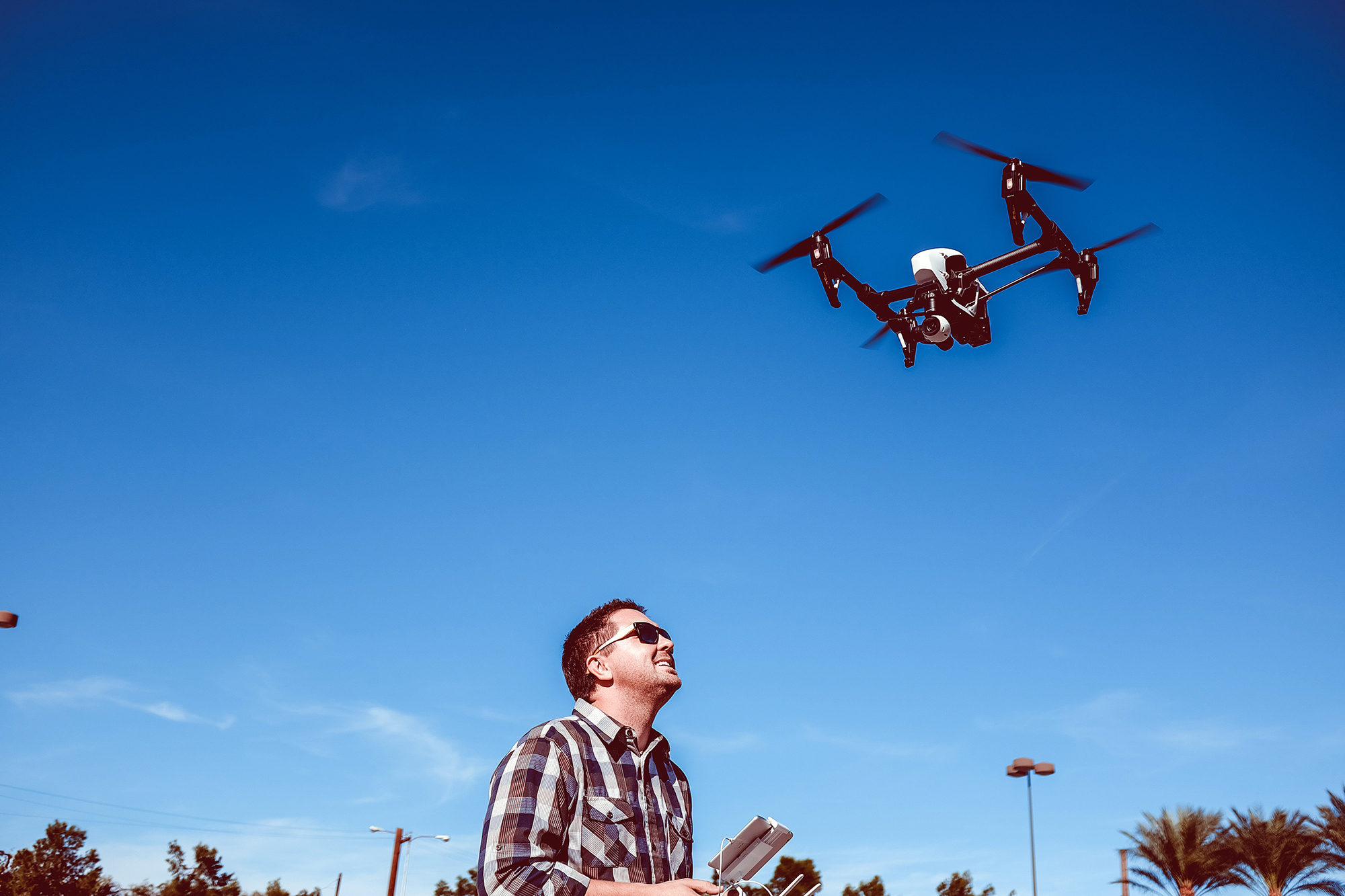
The high density altitude on hot days means that your drone’s propeller motors need to work extra hard. This places a lot of extra stress on both the motors and the battery, both in terms of power output and temperature.
When flying on hot days, it would be prudent to take frequent breaks to give your drone a few minutes to cool down. Avoid pushing the drone to the limits of its battery capacity – this could be severely compromised by the high density altitude. It would be best to cool down your drone under shade and at a position that is lifted from the ground.
Keep your batteries cool before use
Batteries do not like extreme temperatures – whether hot or cold. If you’re packing several spare batteries for your drone, make sure to keep them in a shaded area to prevent them from heating up. Using cold packs is not recommended as they may cause condensation that can also damage your batteries.
Keep an eye on the battery temperature
Before flying your drone, check the recommended temperature range for its battery based on the specs of the drone manufacturer. Make sure that the battery stays well within this range to avoid long-term damage. When left unchecked, a very hot battery can even just fail completely and lead to a drone crash.
Keep your drone moving
If there are some clouds during your drone flight, then these can act as temporary reprieves from the scorching heat of the sun. Keeping your drone moving in and out of cloud cover can be a good way to regulate its temperature. Try not to keep your drone hovering for too long under direct sunlight.
Use ND filters and adjust camera settings
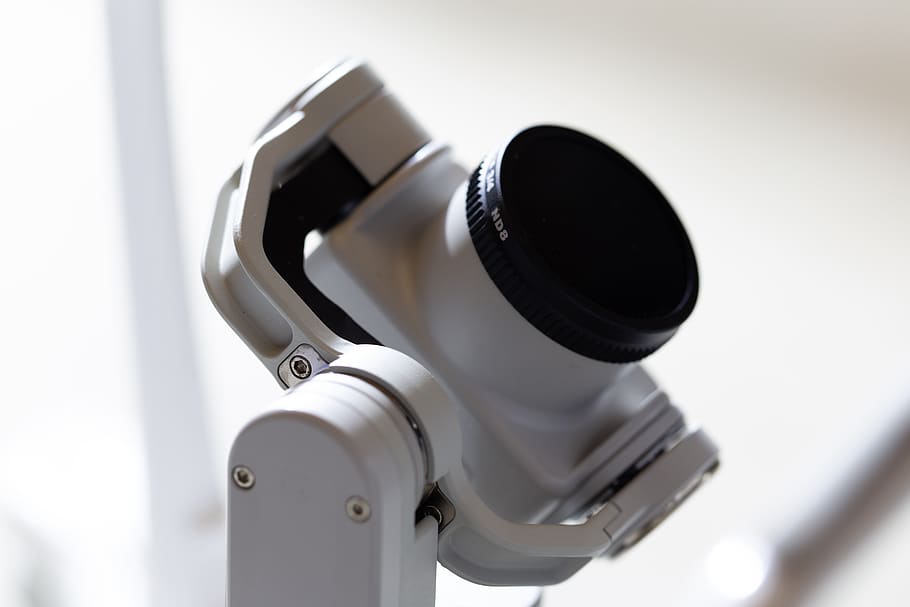
If you’re planning to take aerial photos in hot weather, some camera settings and accessories may be needed to get good results. The most important accessory you need to bring is a set of neutral density (ND) filters. These are filters that regulate the entry of light into your camera’s lens, avoiding overexposed shots even under harsh lighting conditions.
There are also a few camera settings that you can tweak should you find that you find that the exposure of your shots is still too high. These include lowering the ISO settings, aperture, and shutter speed. If your drone has High Dynamic Range (HDR) or Auto Exposure Bracketing (AEB) features, these can be excellent shortcuts that can automatically adjust the exposure levels of your shots to avoid bad photos.
Have a spotter with you
Dealing with crowds can be very difficult as a drone pilot. If you want to avoid the risk of having people approach you while flying a drone, then it’s a good idea to fly as a two-person team. Having a spotter with you will help field any questions from bystanders so that you will not have to interact with them personally. A spotter can also scan the ground for people so that you can try to avoid flying over them.
Keep yourself cool
You might be paying too much attention to the drone and forget to keep yourself cool. If the area does not have any shade, then you may want to pack a beach umbrella. It’s also equally important to stay hydrated
Final thoughts
Drones have become considerably more rugged in the last couple of years, but this does not mean that they can withstand extreme amounts of abuse. If you’re planning to fly your drone in hot weather, the added stress of high temperatures and motor load can prove to be too much for your drone if you’re not careful.
Aside from the drone itself, you will have to be cautious with people on the ground especially in areas that draw summer crowds. We always recommend flying with a buddy in these cases. Don’t forget to keep yourself protected from the summer heat and to drink plenty of fluids.
